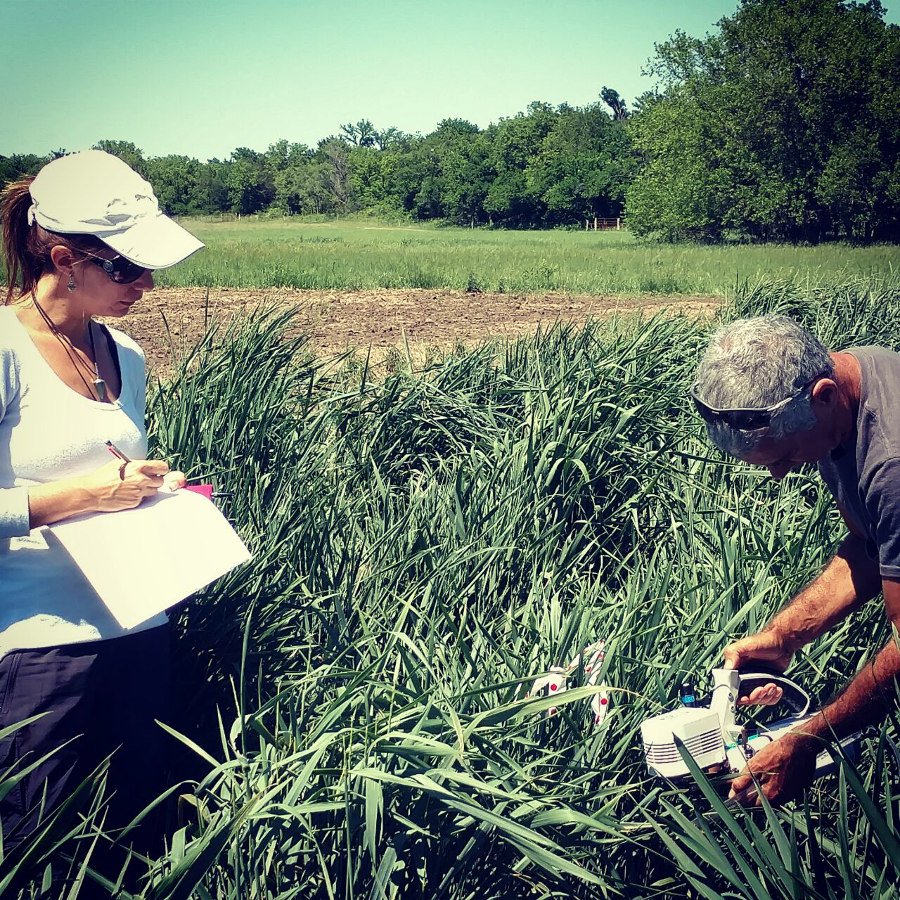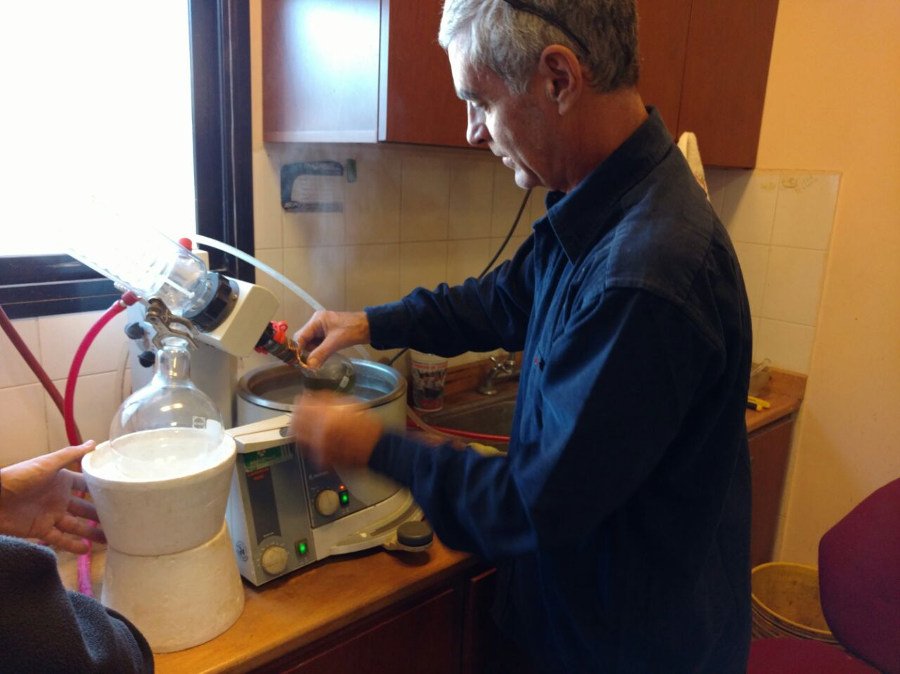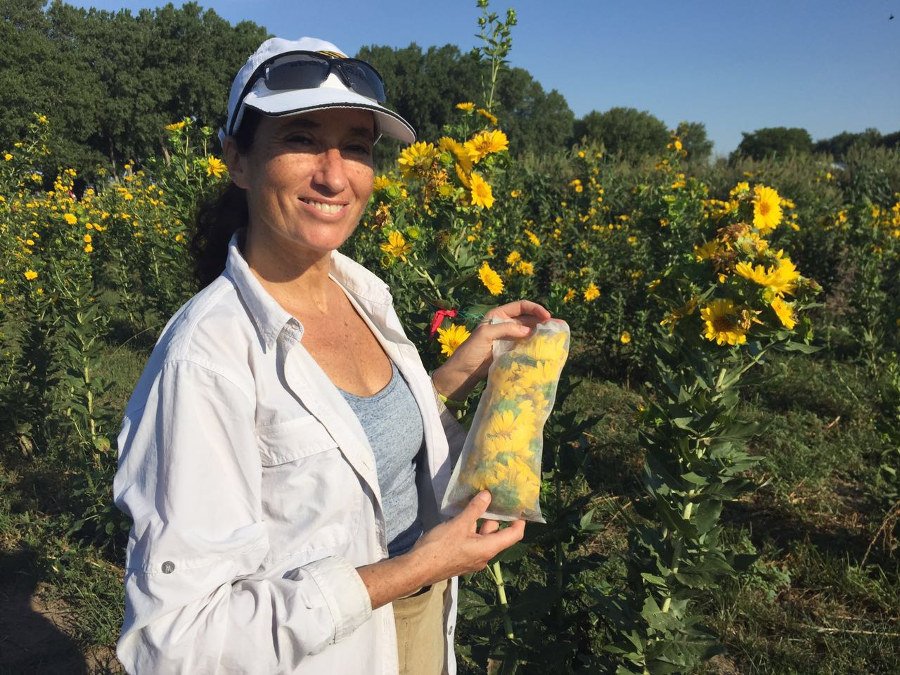A team of Mef Researchers in the search of sustainable crops for arid areas
The scientific Staff of the Existing Plants area in Mef has been working for several years searching for crops to the production of oils, resins, fatty acids and gums of industrial use that would adapt to the arid conditions in this region.

Most of current crops of commercial use are annual, which might – over time – degrade the environment (soil worsen by salinization over watering or increasing of a potential use of herbs or pest-control substances, for example). Thus, one of the challenges for this team is to find plants that would allow high-yielding production but that will also last for several years without the need of reseeding, as well as they were adapted to the low availability of resources which are typical of Patagonia – such as low water availability (it rains very little) or short growing-cycles (for winters are long and cold)-.

Among this team experimental works there is one that is being carried out in collaboration along researchers from The Land Institute (Kansas, USA) on some wild types of sunflowers (oil producers just like the commercially used varieties), and aims to evaluate the changes in plants’ functioning after their domestication. Therefore, they work with two groups – a wild one and other which comes from some selected seeds (regarding yielding criteria), to analyze how the differences between both of them would turn into improvements in the plant relation to its natural environment.

Mef Staff from CONICET (Spanish acronym for the National Scientific and Technical Research Council) dedicated to this line of research is formed by Drs. Damián Ravetta, who focuses in understanding how and why do plants produce resins, gums, rubber or oils; Alejandra Vilela, who has worked with native species of gum-producers native prosopis and now, along Luciana González-Paleo are studying oil-producer monte’ species; as well as by Bárbara Vallejo, BSc, who is dedicating her doctoral thesis to researching on the characteristics of the leaves in a group of plants native of arid and semi-arid areas of the american continent that allow them survive in those kind of environments, and their relation to seed’s productivity.